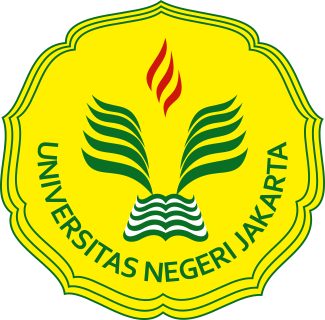MAIN MENU
SUBMISSIONS
PUBLICATIONS
INFORMATIONS
Our Journal Indexed by:
P-ISSN and E-ISSN
Support by:

Universitas Negeri Jakarta
Sekretariat:
Lembaga Penelitian Dan Pengabdian Kepada Masyarakat (LPPM) Universitas Negeri Jakarta
Gd. Ki Hajar Dewantara Lt. 6-7 Universitas Negeri Jakarta
Jl. Rawamangun Muka, Jakarta Timur 13220
